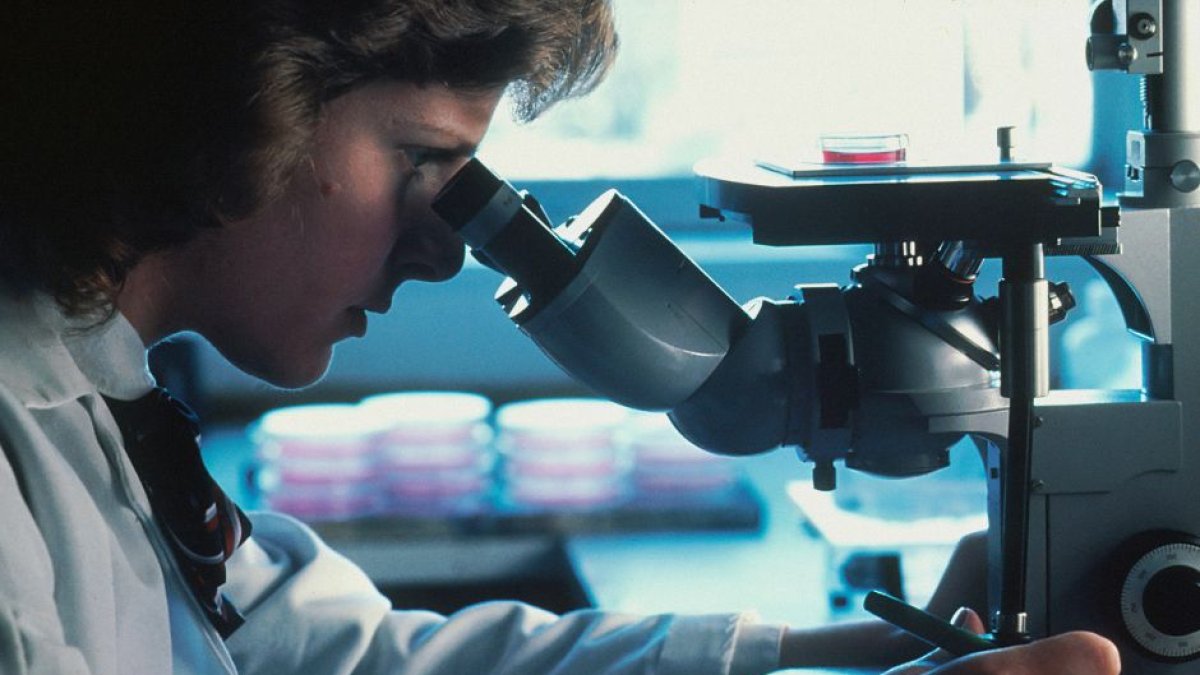Cancer diagnoses increase among people under 50
According to an article published in the journal 'BJM Oncology,' the early onset of this disease has increased by 79% in the last three decades.

(National Cancer Institute / Unsplash)
Cancer appears to have broadened its age range. At least that's the conclusion reached by the open access journal BJM Oncology which assured, in a article published on Tuesday, that diagnoses of this disease among people under 50 years have increased by 79% over the last three decades. Specifically, in 1990, 1.82 million cases of early onset were diagnosed, while in 2019 the number of diagnoses grew to 3.26 million.
The causes that could justify this increase are not entirely clear. However, Xue Li, one of the authors and researcher at the University of Edinburgh (United Kingdom) and the Zhejiang University School of Medicine (China), told SINC agency that it could be due to several reasons:
According to the article, the cancers that have shot up the most have been those of the trachea (nasopharynx) and prostate, which grew respectively, by 2.28% and 2.23% each year. On the other hand, early onset of liver cancer decreased by 2.88% per year.
More than one million people under the age of 50 died in 2019 from cancer
There is also concern about the growth of breast cancer. According to the Spanish scientific agency, in 2019 it was the type of disease that represented "the highest number of cases and associated deaths, with 13.7 and 3.5/100,000 of the world population, respectively."
In 2019, more than one million people under the age of 50 died due to some form of cancer. This represents an increase of almost 28% over the deaths recorded from this cause in 1990. The cancers that caused the highest number of deaths in order, are breast, trachea, lung, stomach and intestine. In addition, the number of people who died from kidney and ovarian cancer also increased exponentially.

























